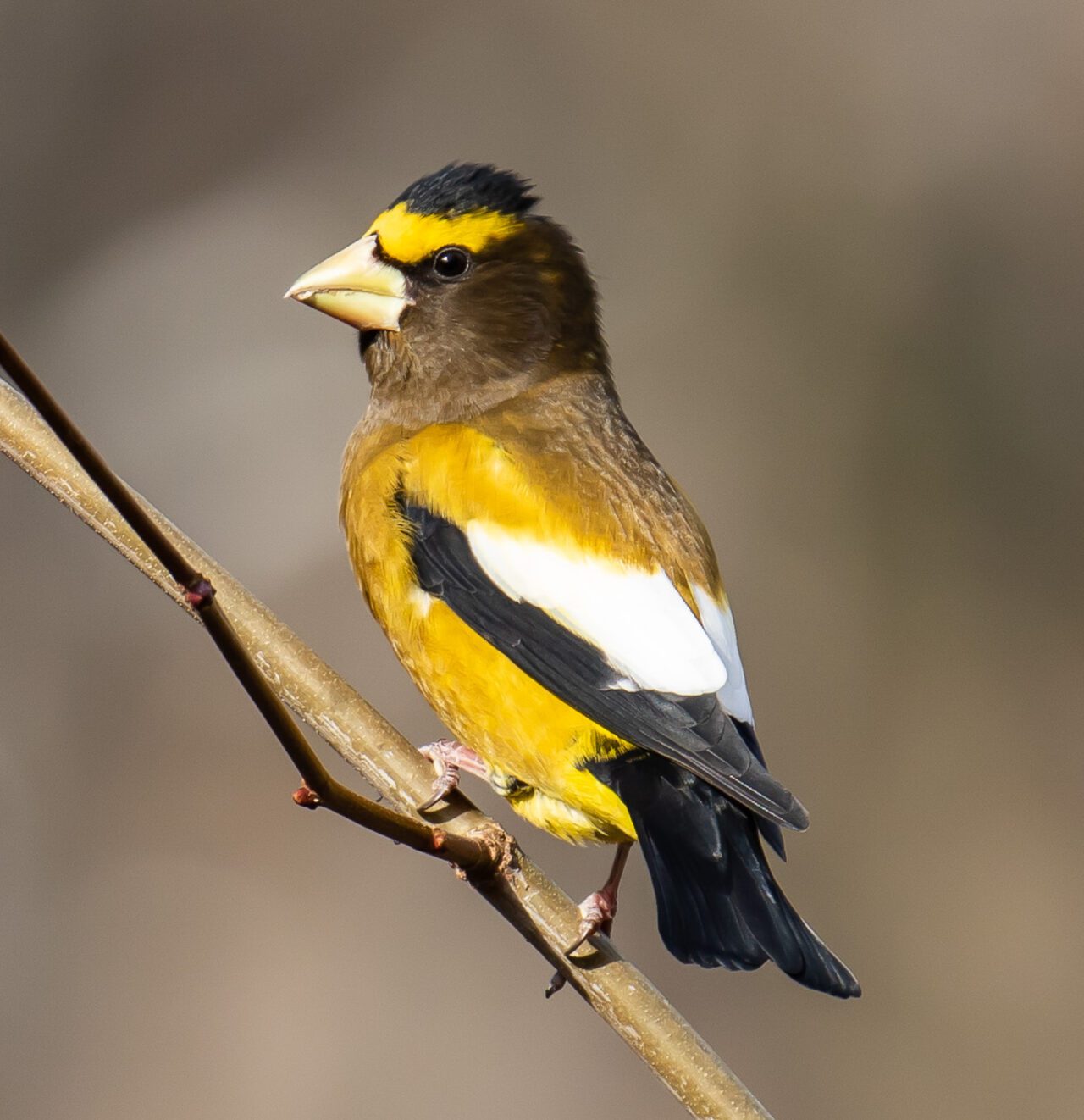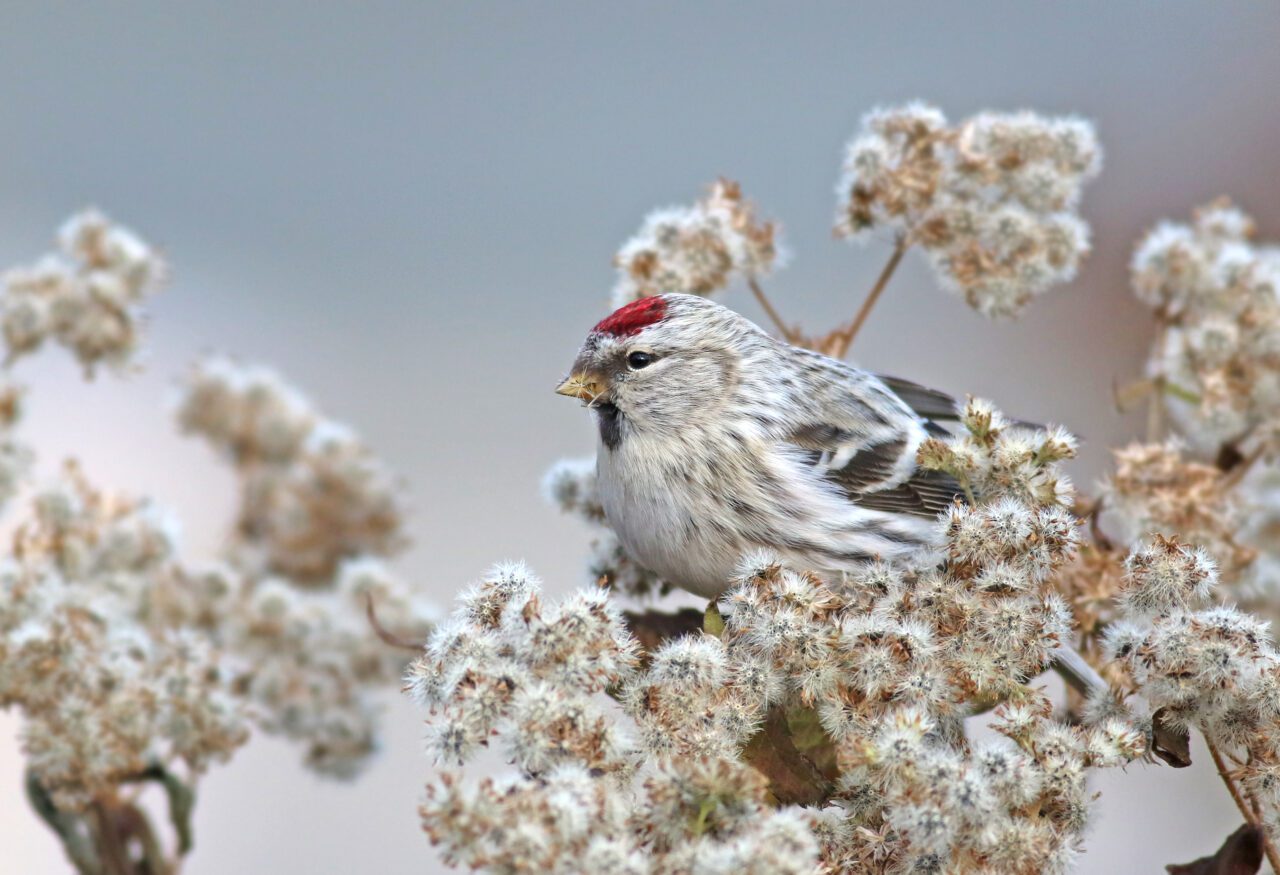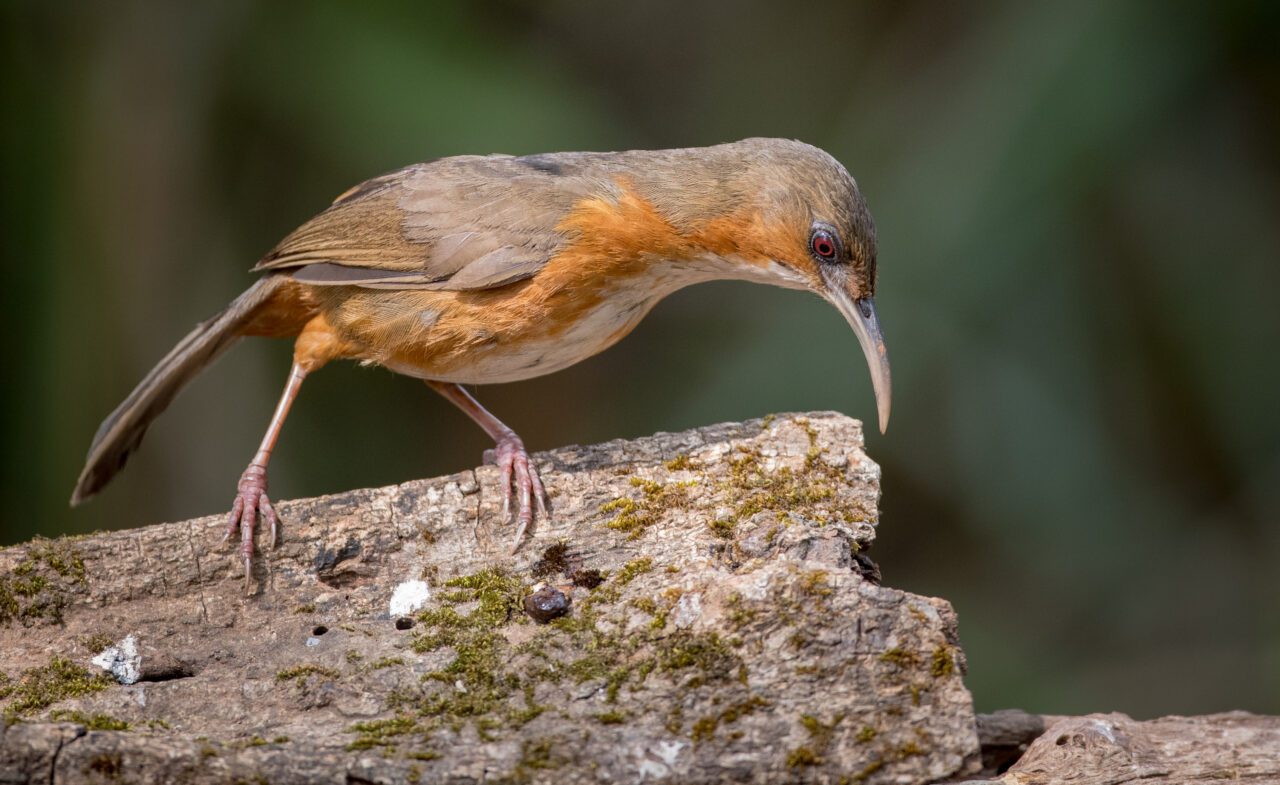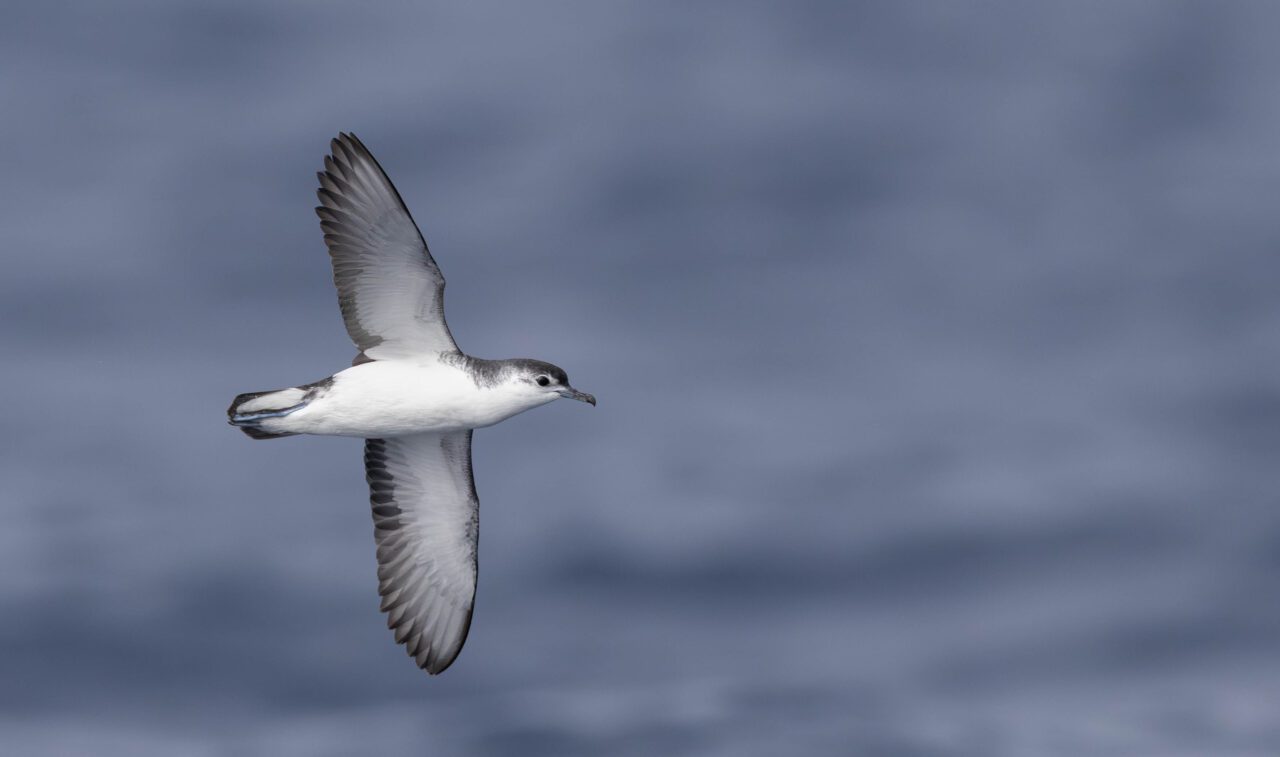AviList Published!

We are excited to introduce the first version of AviList: The Global Bird Checklist. AviList is always freely available to anyone.
AviList is meant to be a consensus taxonomy for all birds of the world, providing a stable avian taxonomy that is updated annually and provides all key taxonomic and nomenclatural information.
Prior to AviList there were three popular global bird checklists that were updated once or twice a year: The BirdLife Checklist, the IOC World Bird List, and the eBird/Clements Checklist (a fourth checklist, the Howard & Moore Checklist, has been updated intermittently but not since 2014). Each had strengths in different areas and each independently assessed the species, subspecies, and higher-order classification for all the birds of the world. In the best cases, the three committees agreed, although publishing three independent updates resulted in a lot of duplicated effort. At other times, the committees would be out of sync in the issues they took up in a given year, sometimes meaning that key publications would be overlooked for years or even decades. And even when the three committees considered the same information on the same schedule, there was no guarantee that the same conclusions would be reached. The result was three independent global checklists that were aligned to varying degrees and drifted in and out of increased synchrony depending on publication schedules and other factors.

Planning for AviList began in 2016, with formal meetings beginning at the 2018 International Ornithological Conference in Vancouver, British Columbia, Canada. As the team came together and aligned on goals, it was decided that for version 1, the team would attempt to independently assess ever major taxonomic and nomenclatural difference between the three major taxonomies (IOC, BirdLife, and eBird/Clements, as well as AOS-NACC and AOS-SACC). Work began in February 2021 and was completed in July 2024, during which time the team assessed hundreds of specific taxonomic issues, dozens of nomenclatural issues, and revised countless taxa. Along the way, the team obviously also tried to keep up with new information as well. Each issue that was considered has a summary statement, which details the rationale for a given treatment.

As AviList takes flight, it is planned that the IOC World Bird List and the eBird/Clements Checklist will cease their independent taxonomic operations. As a result, AviList will become the backbone taxonomy for eBird, Birds of the World, Merlin and other Cornell Lab of Ornithology initiatives, while the IOC World Bird List team, will focus future efforts on collaborative AviList endeavors. BirdLife International will require more time to adopt AviList, in part the BirdLife taxonomy is closely tied to the IUCN Red List, so any changes will necessarily need to revise the population estimates that drive formal conservation assessments, which is a painstaking process. However, the ultimate goal is also to have alignment which will mean that AviList will serve as a modern, regularly updated and up-to-date, efficient, and authoritative global checklist of birds.

While the first version has focused on species limits and nomenclature and higher-order classification, future versions plan to layer in a careful review of subspecies, subfamilies, and subgenera. We also look forward to the team growing substantially, as the global teams are augmented by regional advisory subcommittees, which will help to augment the breadth of knowledge on the deep with deep understanding of the taxa within a given region.

